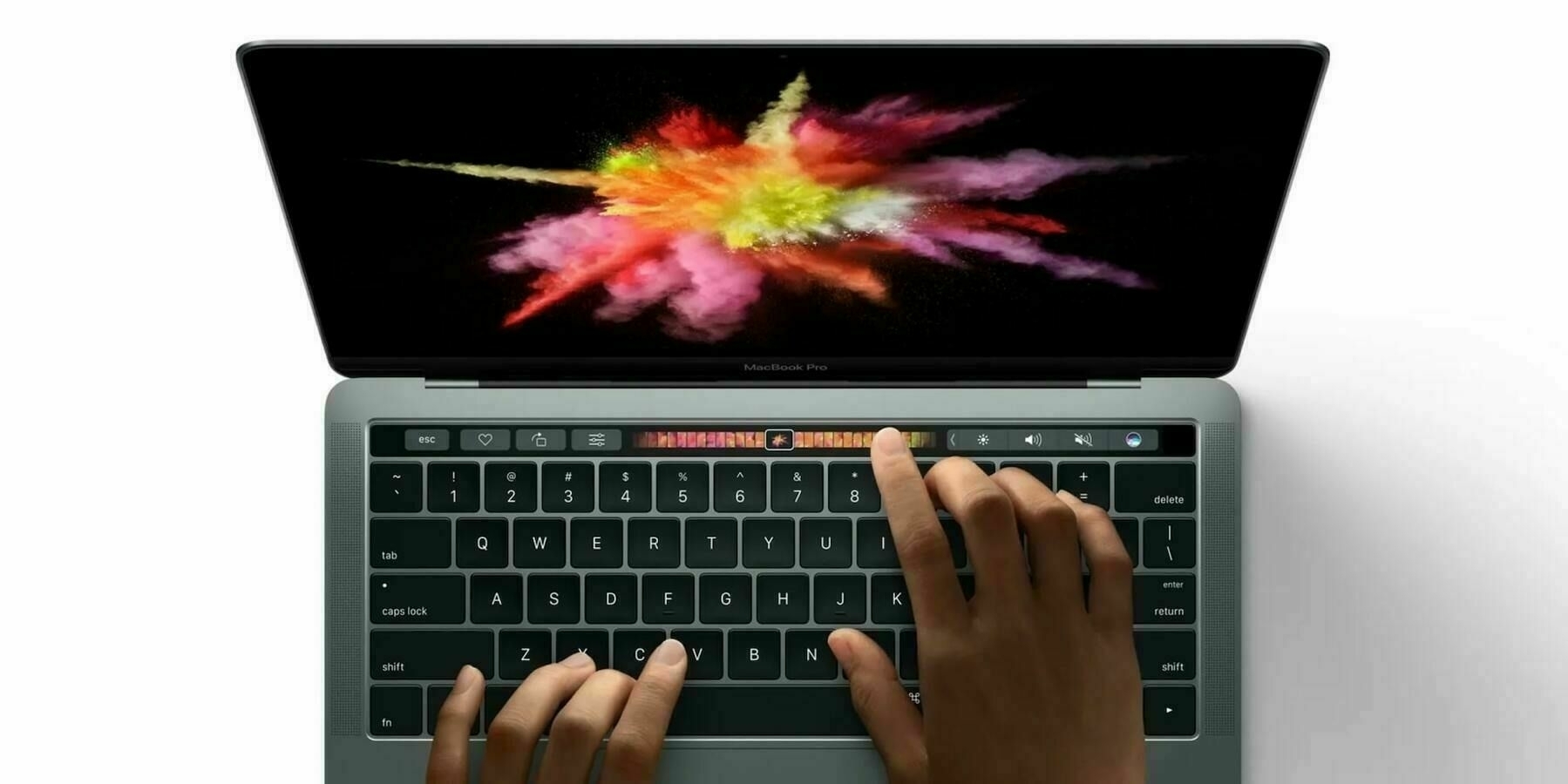Think way back to 2016. The X-Files came back after 14 years, a 4-inch lock of John Lennon’s hair sold for $35,000 and there was a baby born with DNA from three parents. Weirdness all around, especially on the Apple campus. They were convinced the iPad was the future of computing, deep into “what’s a computer” thinking yet still produced laptops with 3-year-old chips in them. Whilst everyone pointed towards a touchscreen Mac, they instead gave users a weird strip you could interact with and took away their function keys.
You can theorise the motives for this for longer than the Touch Bar should have existed. It lasted for at least double its realistic life span and was finally killed at Apple’s Scary Fast event last week. I bought one as soon as it was released, partly because I was desperate for an upgrade from my aging 2012 version, and partly because I was interested in where the Touch Bar would go. Convinced that Apple would turn this into a new interaction paradigm, and oh how wrong could I have been?
Looking back, I don’t think my confidence was completely unfounded. Apple has a history of being brave, this was the year of #courage after all. Even more so when it came to computing, and they usually got it right, or forced everyone else to concede. Whichever way it happened, my expectation was that the Touch Bar would become a selling point of the Mac. Unfortunately for Apple, they forgot that users who buy their ‘pro’ laptops, rely on the function keys — especially the doubled sized one marked escape.
The issue wasn’t that the Touch Bar was there, although questions of its utility dominated early reviews, it was that it now took multiple taps and more concentration to do simple tasks. Your use case may vary, but that was something I could put up with had the Touch Bar shown a real use case outside gimmicky scrubbing through timelines or swiping through photos. It felt half-baked at best, and thrown in to appease users demanding more from their Macs.
Some people believe this was to refresh the line before the real improvements of the M1 chip brought. However, hindsight is always 20/20. I think in reality, Apple saw this as a quick, easy fix to satiate those asking for touchscreens, as well as a perfect aid to the second generation butterfly keyboards. Unfortunately it appeared as a gimmick, got little to no support from Apple, and remained as a gimmick through its life span.
Honestly, I think it’s a shame that poor implementation ruined a semi-good idea. Apple clearly thought that this was going to catch on because the life span indicates so. My understanding is that production and lack of sales supported the entry-level MacBook having one for so long due to the cost of inventory. The design and production of the Touch Bar would make a great story, one we will continue to talk about for years to come. I can only dream of what would have been had they just put it above the function keys instead.

Leave A Reply Instead?
Read Comments (0)